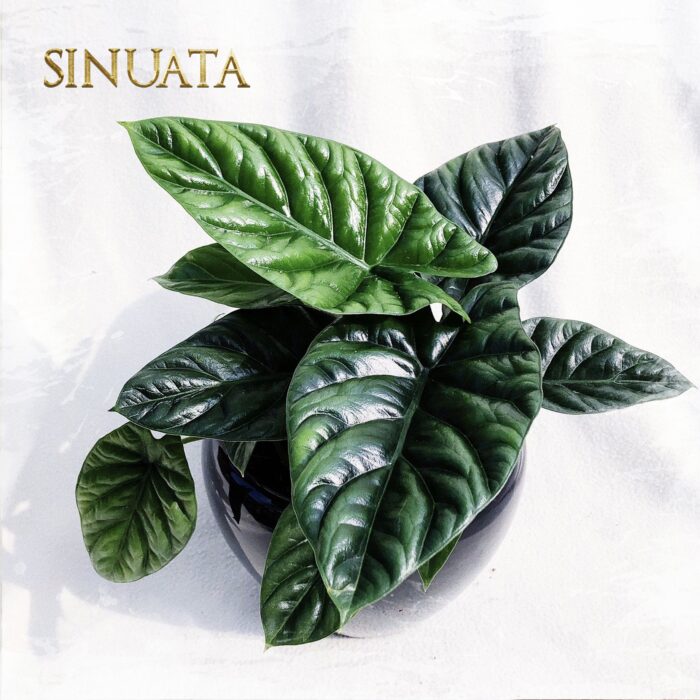A Jewel Alocasia or Alocasia Sinuata is what it’s called.
At this time, the only thing that distinguishes them is the tiny variance in coloring, texture, and foliage formation – the variety is intriguing in determining whether these are different species native to the natural setting or hybrids created by nursery owners.
The Jewel Alocasia specification is extremely similar in terms of care and cultivation:
Lighting:
A sunny shade is best for this one, as it will neither jade or burn the foliage, nor will it be excessively shadowed, which will cause the leaves to turn yellow and wither away.
Medium:
This one is frequently planted and developed within a cocopeat, and I frequently kill it by overwatering it. As a result, remove the access cocopeat and replace it with a medium mix of 50 percent cocopeat and 50 percent sand to create a fast-draining element for watering.
Watering:
Overwatering is the most common cause of death for this plant, so be cautious.
Feeding:
This, I believe, is the most crucial component; without adequate nutrition, this plant would gradually lose its leaves, one every week, and eventually die dormant. It does, however, have a corm (bulb) that should not be overwatered, since this would cause it to rot inside the soil. As a result, careful care is essential to ensure that it does not become dormant and become completely lost.
Though it may go dormant, keep an eye on it so it doesn’t rot.
Also, I discovered via my research that the finest fertilizer for this is root hormone, also known as B1, and osmocote fertilizers. I believe that the seaweed remedy is also the best. The most crucial component is finding the perfect balance, which is largely a matter of trial and error – it is not an easy plant to grow, but it is wonderfully satisfying.
Other issues relating to Watering, Medium, and Pruning in the Care & Cultivation Methods


